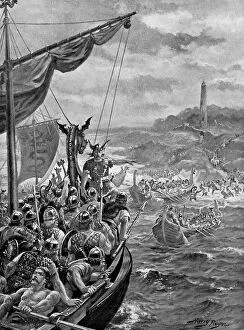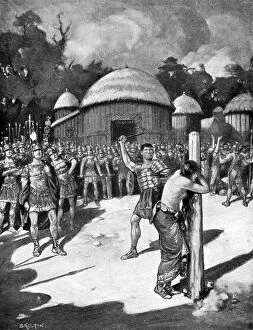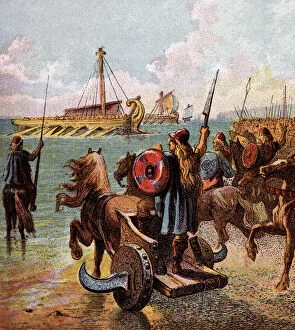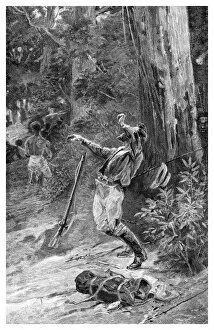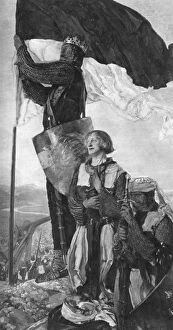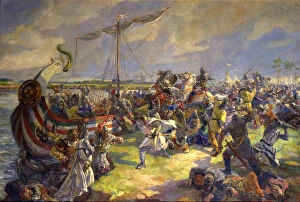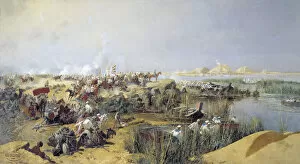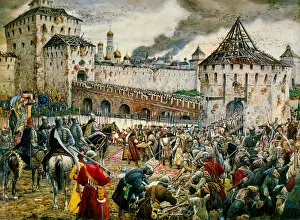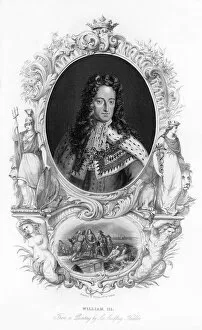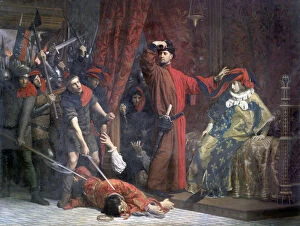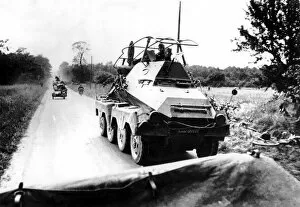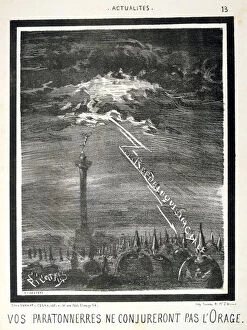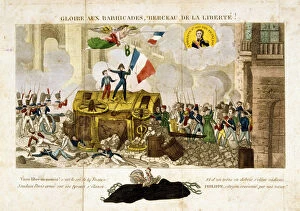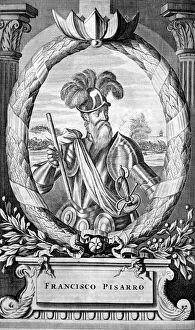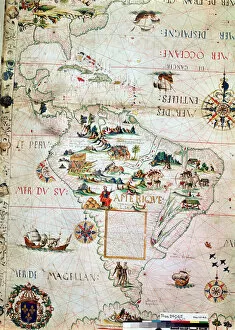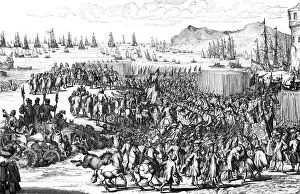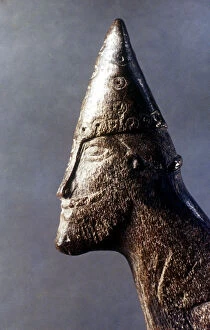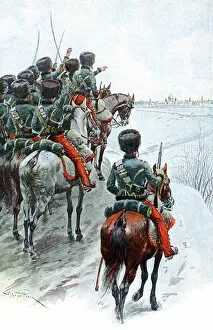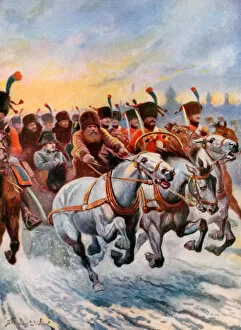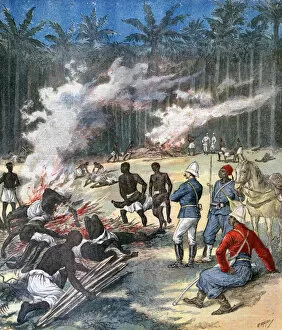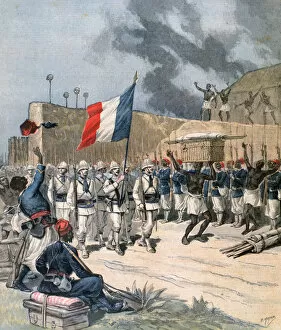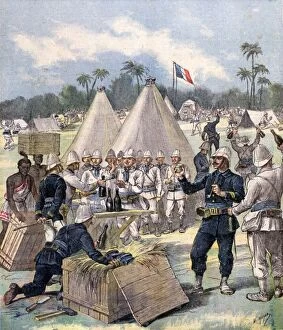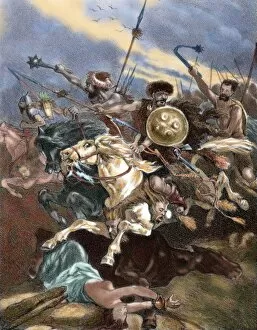Invader Collection (#6)
"Deceiving the Invader: From Mongol Soldiers to Viking Raiders and Beyond" In the realm of invasions
For sale as Licensed Images
Choose your image, Select your licence and Download the media
"Deceiving the Invader: From Mongol Soldiers to Viking Raiders and Beyond" In the realm of invasions, history has witnessed countless instances where cunning tactics were employed to deceive those seeking conquest. Whether it was deceiving invaders about the state of the tide or showcasing horsemanship skills like the Mongol soldiers, these clever strategies have left their mark on our collective memory. One such example is the Viking raid under Olaf I, when fearless Norse warriors launched an audacious attack on Paris in 885 AD. Their surprise assault caught the city off guard, highlighting their ability to outwit even well-fortified defenses. Just as these Vikings invaded foreign lands with relentless determination, so did a different kind of "Invader" emerge in 1971 - the Gilbern Invader Mk. 2 car. The sleek design and powerful engine of this iconic vehicle mirrored its namesake's spirit - unyielding and ready for action. As Marshall Ney demonstrated during his retreat from Russia in 1812, sometimes even seasoned invaders face unexpected challenges that force them into strategic withdrawals. Yet invasions are not limited to human endeavors alone; nature too has its own way of invading territories. The Himalayan balsam plants invading banks along River Wye in the UK serve as a reminder that Mother Nature can be just as formidable an invader as any army. From Julius Caesar landing in Kent, England centuries ago to futuristic visions depicted on Amazing Stories Scifi Magazine covers like "Conquest of Earth, " invasion stories continue to captivate our imagination across time and space. Each tale adds another layer to humanity's complex relationship with power dynamics and territorial expansion. Whether it be through military might or deceptive maneuvers, invaders throughout history have shaped nations and cultures alike. So let us remember their triumphs and failures while acknowledging that true strength lies not only in conquering but also understanding one another's perspectives – for within every invader lies a story waiting to be told.



